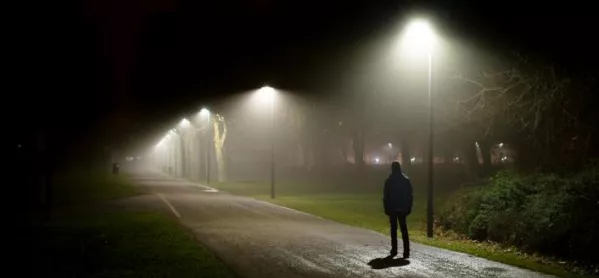School exclusions are “highly significant” in driving gang violence as criminals target vulnerable youngsters, a study will reportedly reveal.
A Home Office-commissioned report found that many children groomed by drug gangs were recruited after they were excluded from school and sent to pupil referral units (PRUs), The Times said.
Last year, Tes uncovered how permanent exclusion rates had increased by as much as 300 per cent in some areas.
And this summer, the Commons Education Select Committee raised concerns about exclusions and alternative provision.
The study will highlight PRUs as “fertile ground” for gang recruitment, where youngsters may only attend for a few hours a week, the paper added.
It comes after the Home Office announced it had established an expert team to tackle gangs that use children as mules in lucrative drug smuggling operations.
The sprawling narcotics distribution model known as “county lines” typically involves city gangs branching out into county or coastal towns to sell heroin and crack cocaine.
They deploy children and vulnerable people as couriers to move drugs and cash between the new market and their urban hub.
The report, carried out by the St Giles Trust charity and due to be published on Monday, concluded that a “high proportion” of children involved in county lines appeared to be outside mainstream education, The Times said.
A separate investigation by the paper revealed gang members were waiting outside PRU gates on the lookout for the most vulnerable children to target.
A government spokesman said it was working to crack down on violent county drug gangs that are “devastating the lives of vulnerable children and communities across the UK”.
He added: “We have launched a £3.6 million National County Lines Coordination Centre which will strengthen the law enforcement response to this issue and enable police forces to work together to tackle a crime that crosses regions and demands a multi-agency approach.
“Schools, colleges and pupil referral units all have a legal duty to safeguard children, and we have begun an externally led review on exclusions to explore why some groups of children are more likely to be excluded than others.
“It is important these issues are not tackled in isolation, which is why we are working across government to support early intervention and prevention for these vulnerable young people.”




